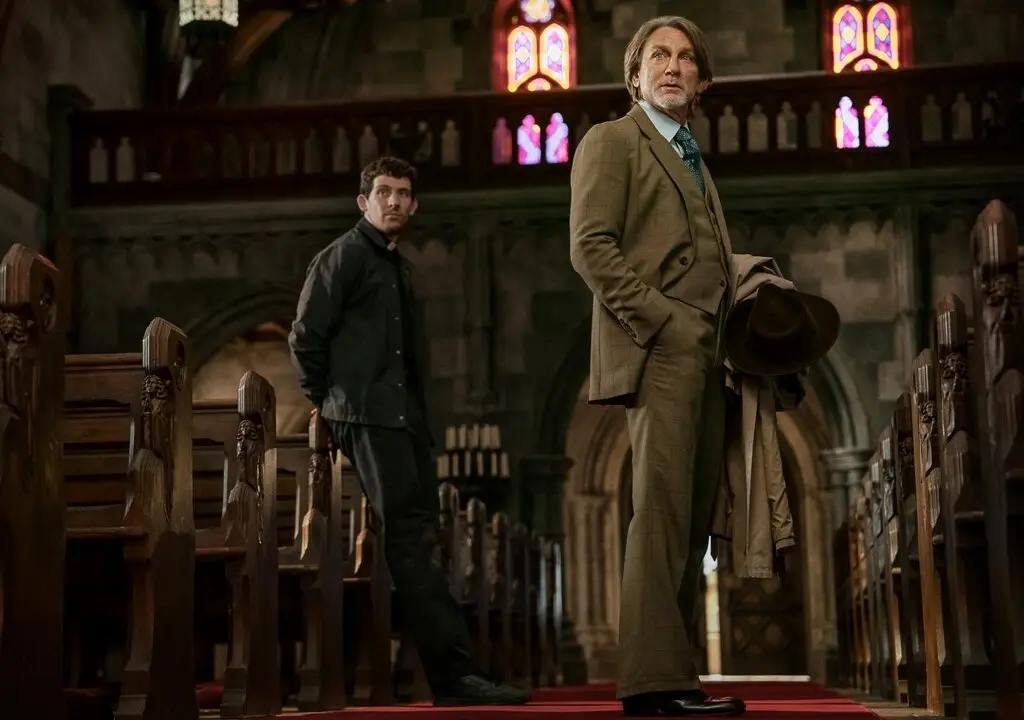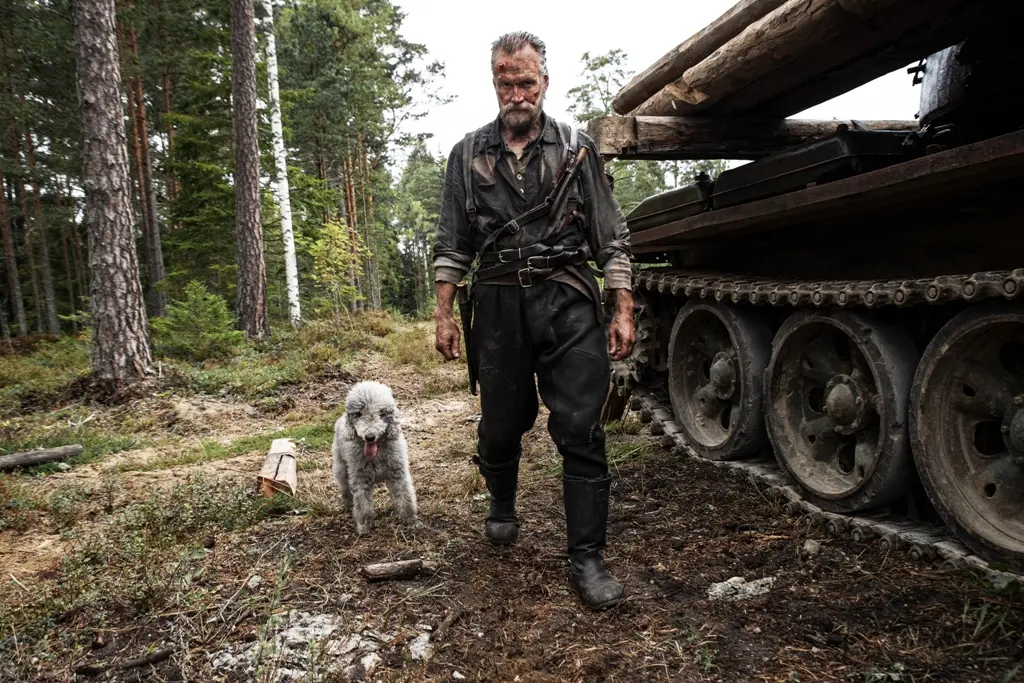NR | 1h 59min | Documentary, Film History | February 27, 2023
Divided into four distinct chapters, “Film, the Living Record of Our Memory” (“Living Record”) delves into an overlooked and largely unknown area of movie history about which even many who consider themselves industry experts will discover they are woefully uniformed.





